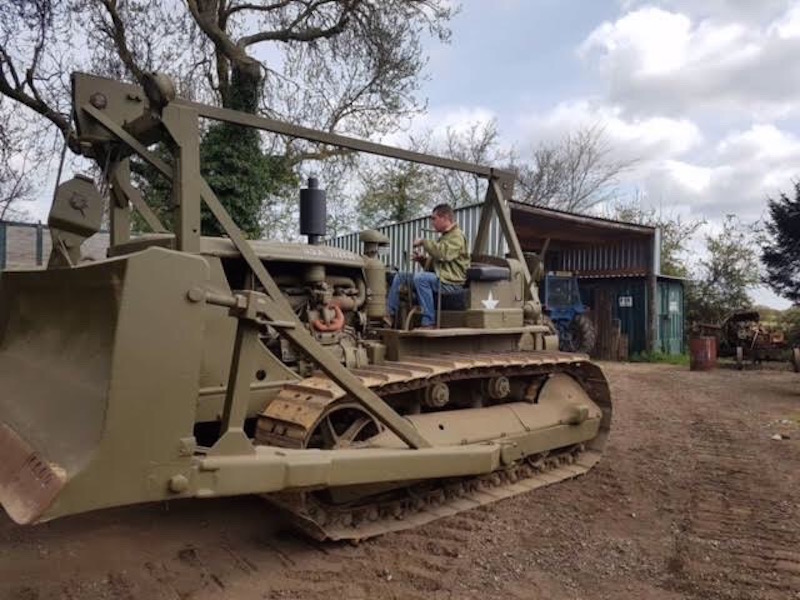jeaton01
Well-known member
Bob, one thing to keep in mind is that as the track rails wear and the pins and bushings get loose, the front idler moves forward. The yoke that holds the front idler can travel as far as to be even with the front of the track frame. So there is definitely too little clearance on the model. The easiest fix is to move the trunnion the dozer frame pivots on but I think the side sway braces are just over scale. The tracks on the picture I posted are adjusted way too tight, by the way, there should be about a scale inch of sag on each side of those upper idlers. The purpose of that big tensioning spring is to allow movement if rocks or dirt get in between the rollers, front idler, or drive sprocket and the rails.





